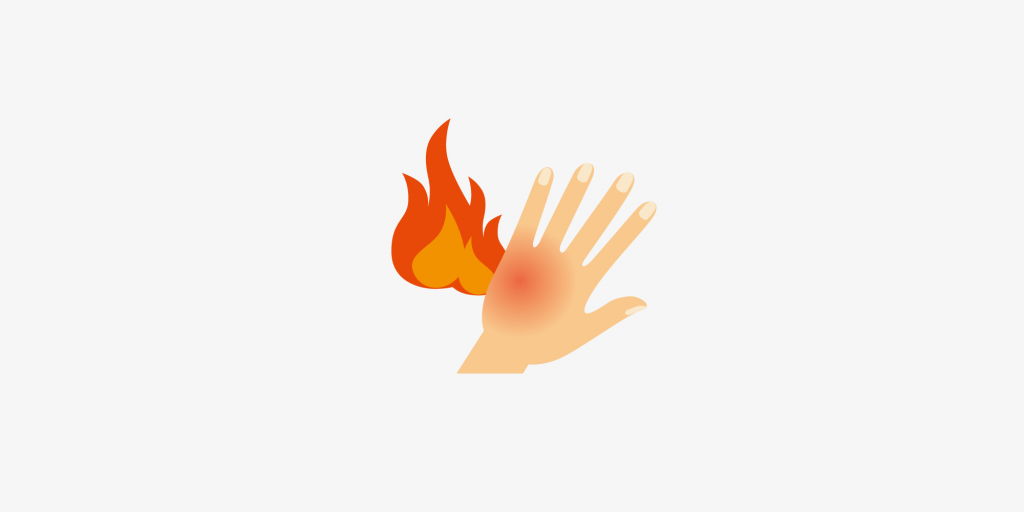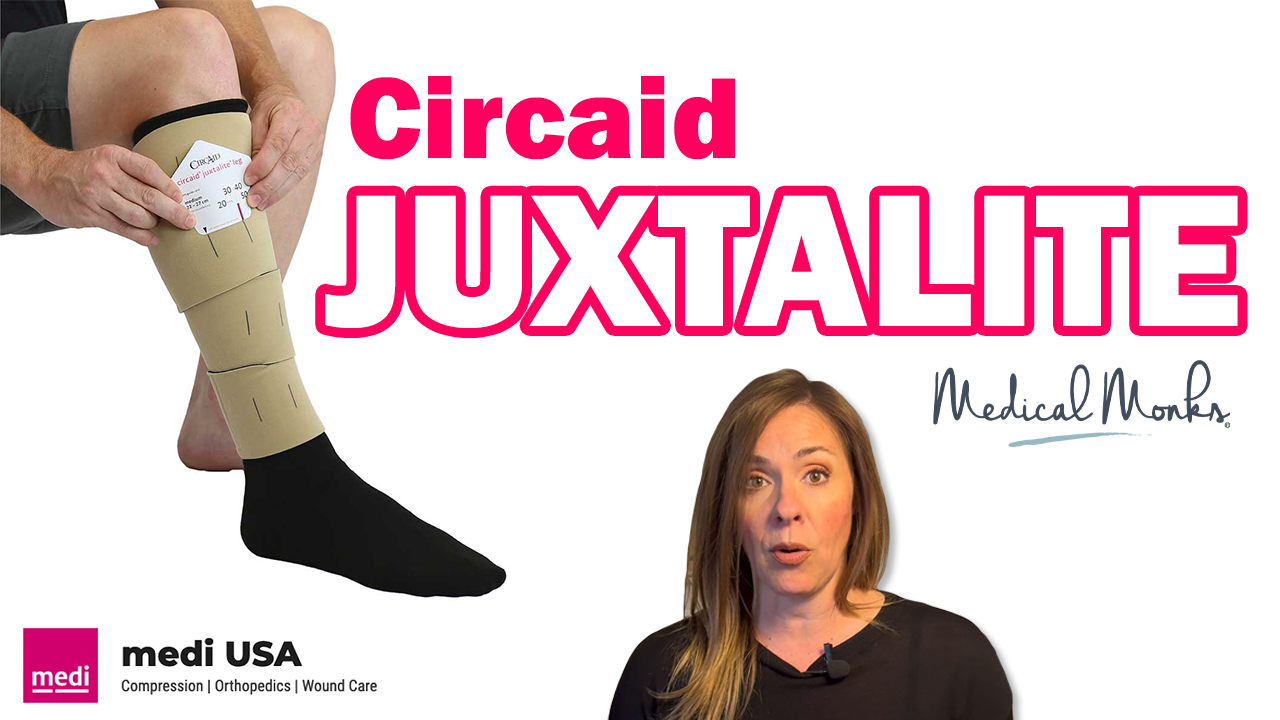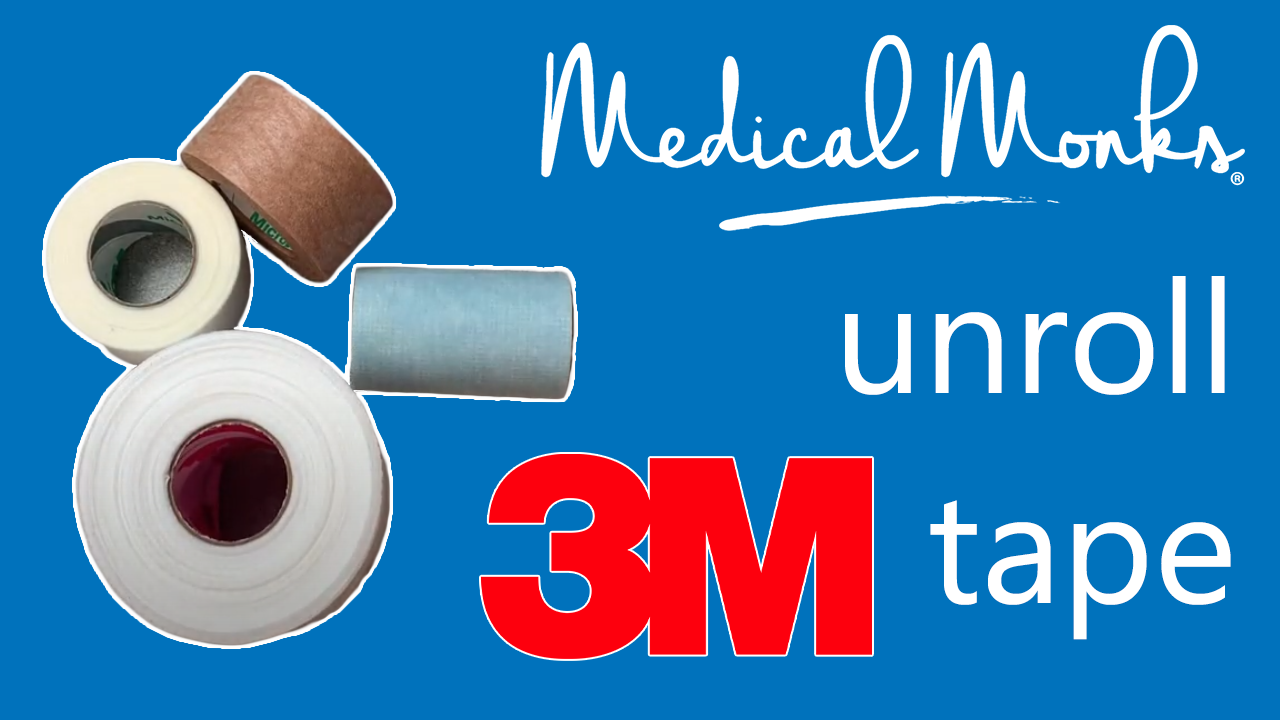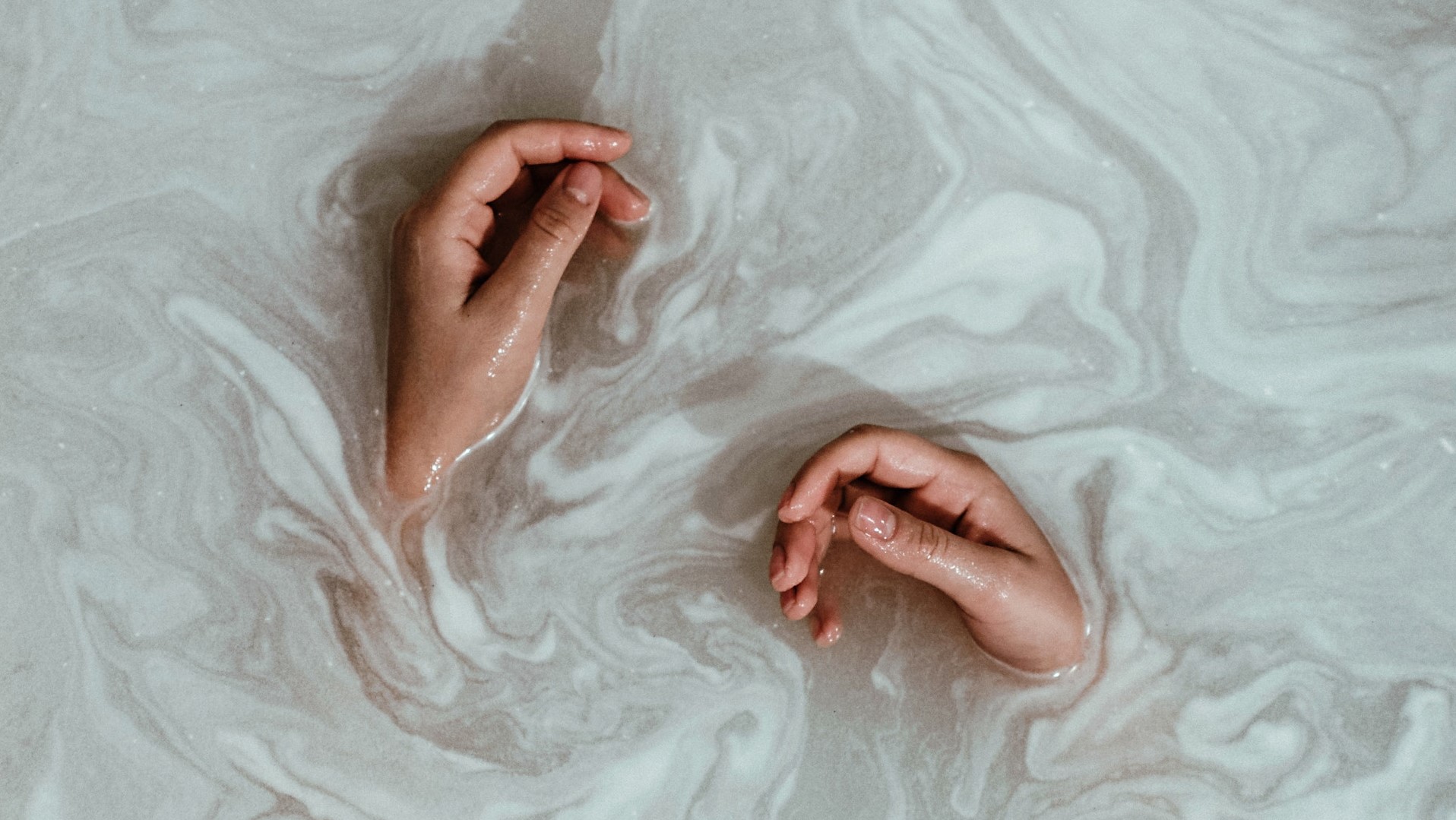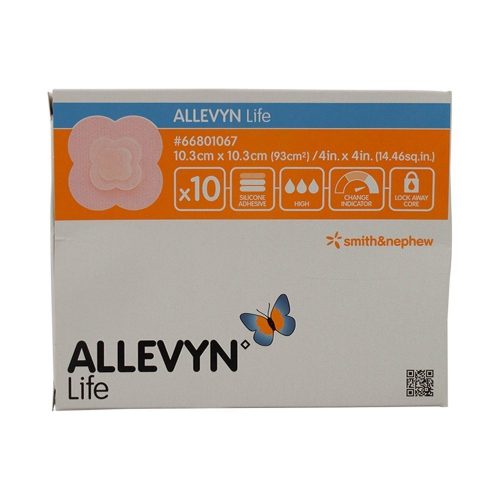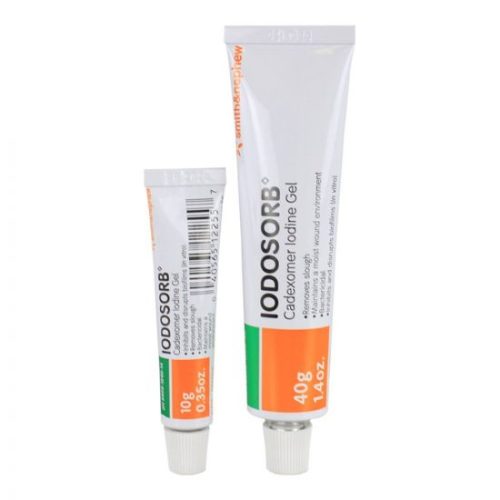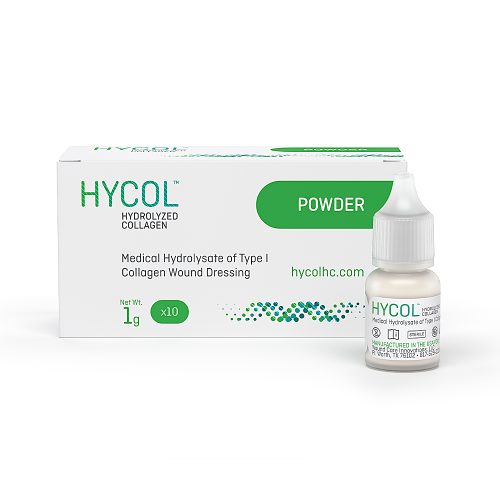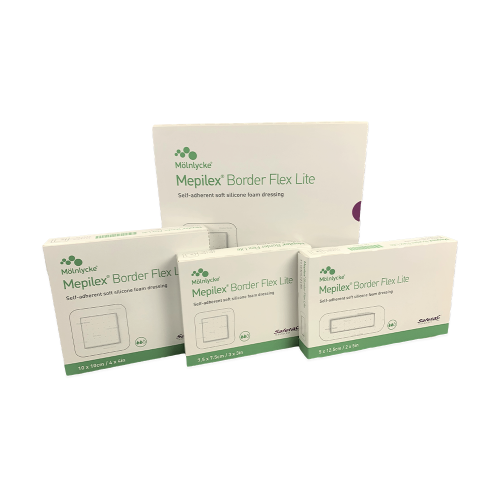Anyone moderately familiar with first aid understands that burns occur in varying degrees. First-degree burns are generally superficial, but can still be quite painful. Plus, if proper treatment is ignored, you can be left dealing with an infection or, worse, a permanent scar.
When a first-degree burn occurs, here’s how you can treat it effectively at home.
Identifying a Minor or First-Degree Burn
First degree burns are most often the result of touching a hot surface, like a stove or a hair appliance. Most sunburns are also first-degree. In these instances, first-degree burns tend to display similar characteristics:
– Only the top or outer layer of skin is affected.
– Redness, often accompanied by heat or a warm sensation.
– Pain.
– Usually small in size, not exceeding three inches wide. Sunburns may be an exception.
– Blistering and mild swelling.
If the following elements are present, you’re dealing with a more severe (second- or third-degree) burn. In these cases you should seek medical attention:
– The burn goes below the surface of the skin to the tissue below.
– Your skin feels dry or has a leathery appearance.
– Your skin has a mottled white, brown, or black appearance.
– Your skin has a charred texture.
If the individual experiencing the burn injury is elderly or an infant, medical care should be sought as soon as possible.
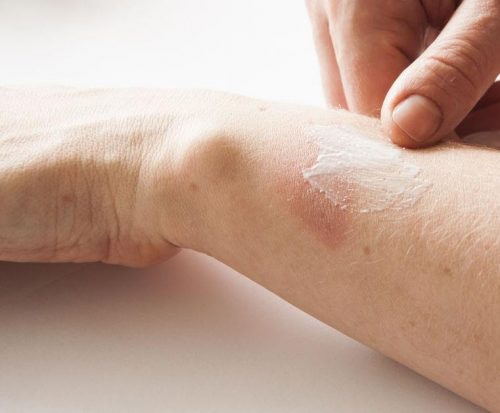
Caring for a Minor Burn
When you believe you’ve experienced a first-degree burn, you should:
1 – Cool the skin by holding the area under cool water or applying a wet compress. Avoid cold water and ice packs. Do this for about 10 minutes, or until the pain starts to go away.
2 – Remove rings and jewelry from the area before the skin starts to swell.
3 – Do not pop blisters. Doing so can increase your risk of infection. Instead, apply an antibiotic ointment to the blistered skin.
4 – Apply a soothing, moisturizing lotion once your skin has cooled. Petroleum jelly or aloe-based lotions are recommended and help prevent skin from drying out. Do this about three times per day, and avoid butter, as it can increase your risk for infection.
5 – Cover the burn in a bandage, preferably nonstick, sterile gauze. Avoid compression bandages or anything tied too tightly around the area.
6 – Use an over-the-counter pain relief solution if the pain and swelling persist.
7 – Keep the area covered from the sun, with clothing and/or high-SPF sunscreen, over the next few weeks. This can help reduce scarring.
8 – Keep hydrated. Especially with sunburns, you risk dehydration.
What to Avoid
As your minor burn heals:
– Avoid applying ice directly to the skin.
– Applying an ointment to the skin while the burn is still hot, as this can trap heat and result in additional tissue damage.
– Consider seeking medical treatment if the burn is larger than your palm or if it won’t fully heal.
